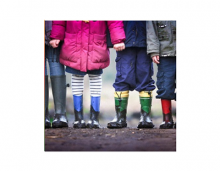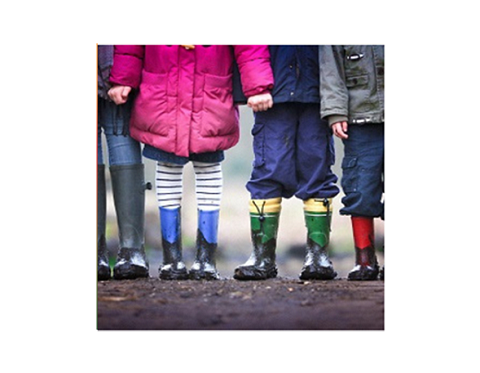
Exposure therapy (“exposure”) is the most effective psychosocial treatment ingredient for individuals with anxiety and related disorders but is the least used in practice. Exposure is both simple and hard: while the underlying theory at its core is quite simple (“do hard things gradually and the hard things get easier”), the actual process of implementing exposure is quite complicated. In fact, it is rated by community clinicians as the most difficult cognitive behavioral strategy to deliver. Effectively titrating the dosage of exposure practice while balancing use of other interventions to address complex comorbidities and family systems factors, along with case management strategies, is a real challenge.
This workshop describes how clinicians can leverage principles of exposure theory to guide case conceptualization, using a four-step model of exposure therapy practice that can be integrated with other interventions as needed to best suit clients’ individual needs. Additional topics of discussion include strategies for optimizing engagement of diverse youth and families in exposure, addressing or circumventing organizational barriers to exposure delivery (e.g., inability to leave the clinic site) and effectively partnering with the larger clinical team (e.g., psychiatry, case management) to address the needs of youth with complex presentations. Finally, content also discusses possible contraindications for use of exposure therapy in the community. Case examples of anxious youth with co-occurring autism spectrum disorder, psychosis, suicidal/homicidal ideation, and youth who may be questioning their sexual identity demonstrates how the four-step model of exposure practice strategies is applied in practice.
This webinar is designed for clinicians with a working knowledge of exposure therapy and cognitive behavioral treatments for anxiety and related disorders for youth. Students, trainees and residents are welcome and encouraged to attend to learn about application of exposure therapy for youth with complex clinical presentations.
Learning Objectives
- Describe major challenges to delivering exposure therapy in community settings for youth with complex psychiatric needs
- List the four-step model of exposure therapy and identify how it can be applied broadly in community settings for diverse youth
- Summarize effective strategies for addressing organizational barriers to delivering exposure therapy in community settings
This webinar was recorded on July 20, 2021. If you registered, and cannot view or missed the live webinar, please contact [email protected].














